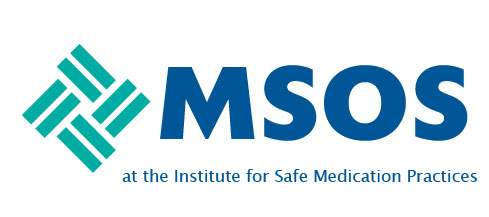Better bottom lines: patient satisfaction associated with addressing sexual and gender minority health
The quality of care anyone receives in the USA is highly dependent on where they receive care. Prior research has found that on average, risk-adjusted mortality differences between top-decile and bottom-decile hospitals can be over twofold. When looking specifically at patient safety, the difference is over 10-fold between top-decile and bottom-decile hospitals. Even after adjusting for population factors (eg, demographics, lifestyle and socioeconomics), co-morbidities and health system factors, these geographic differences in outcomes persist.1 Anyone entering a hospital should be alarmed by the high variability in the quality and outcome of the care they receive simply based on location.
The variability in care and outcomes is even more concerning for people who have faced,2 and continue to face,3 stigma and discrimination in seeking health care. For sexual and gender minority (SGM) populations, including lesbian, gay, bisexual, transgender and queer (LGBTQ+) people, entering a...
